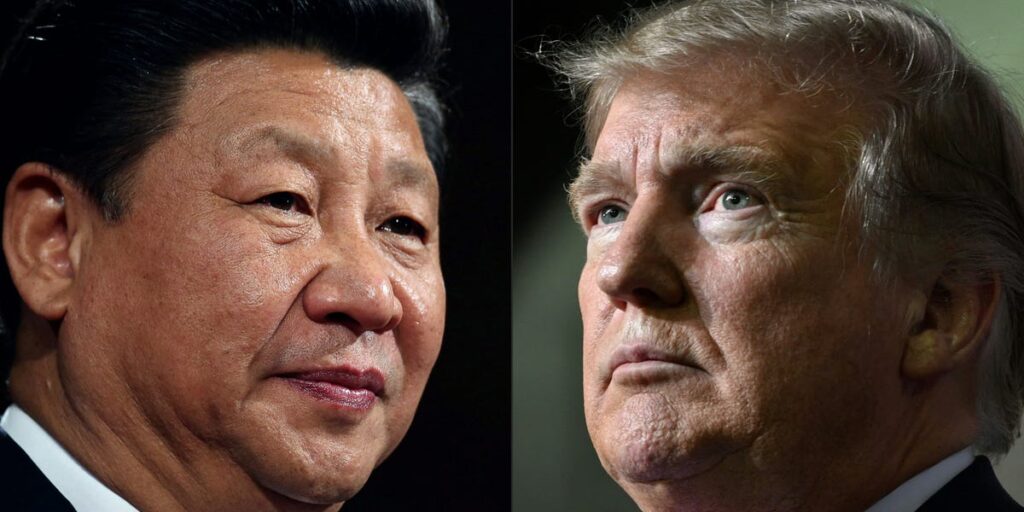President Donald Trump announced on Thursday that he anticipates a trade agreement with China “in the next three to four weeks” that could resolve the ongoing trade war. Speaking during an executive order signing in the Oval Office with Secretary of Commerce Howard Lutnick, Trump expressed confidence, stating, “I believe we’re going to have a deal with China. I think we have plenty of time.”
However, there has been no immediate response from Beijing regarding the likelihood of a deal, and Trump refrained from addressing whether Chinese President Xi Jinping had initiated efforts to resolve the tariff conflict.
This development marks the first sign of a potential agreement since Trump’s initial tariff hikes on Chinese imports, which have reached as high as 245%. Nick Vyas, founding director of USC Marshall’s Randall R. Kendrick Global Supply Chain Institute, suggested that the outcomes of this trade battle will depend on which side chooses to compromise first. He noted, “It’s a game between China and the US in terms of who’s going to blink first,” emphasizing that both nations possess significant leverage.
Experts in supply chain and geopolitics have indicated that Xi may hold more time and leverage than Trump. Andrew Collier from the Mossavar-Rahmani Center for Business and Government at Harvard Kennedy School pointed out that while Xi can pose challenges for American tech firms and farmers, the potential repercussions of US actions on China may be even more severe. He highlighted that in a democracy, the political pressure on Trump is likely to escalate if the economy suffers significantly.
Vyas further commented on the long-term dynamics of the situation, noting that while Trump’s presidency has a term limit of four years, Xi is effectively a lifetime leader of China, giving him a more extended strategic horizon. This lack of electoral pressure could prolong the conflict, with Vyas stating that the tensions may lead to a drawn-out negotiation process. He also mentioned China’s dominance in the electric vehicle market and its control over key rare earth minerals, underscoring the potential impact on US defense capabilities and technology.
The history of trade tension between the two nations dates back to Trump’s 2017 investigations into Chinese practices and subsequent tariffs. Since then, tariffs have seen steep increases, culminating in counter-measures from China that include retaliatory tariffs and restrictions on rare earth element exports essential for US defense.
With both nations engaging in a diplomatic chess match, experts note that while the US is pursuing alliances with other countries, China appears to be leveraging its position with a “charm offensive” aimed at strengthening ties with nations like the EU and Southeast Asian countries. However, it remains unclear whether these relationships will significantly shift the global trade landscape, as China’s internal demand may not suffice to absorb imports from these regions fully. As negotiations continue, the unpredictability of Trump’s trade policies could pose risks for US alliances moving forward.


